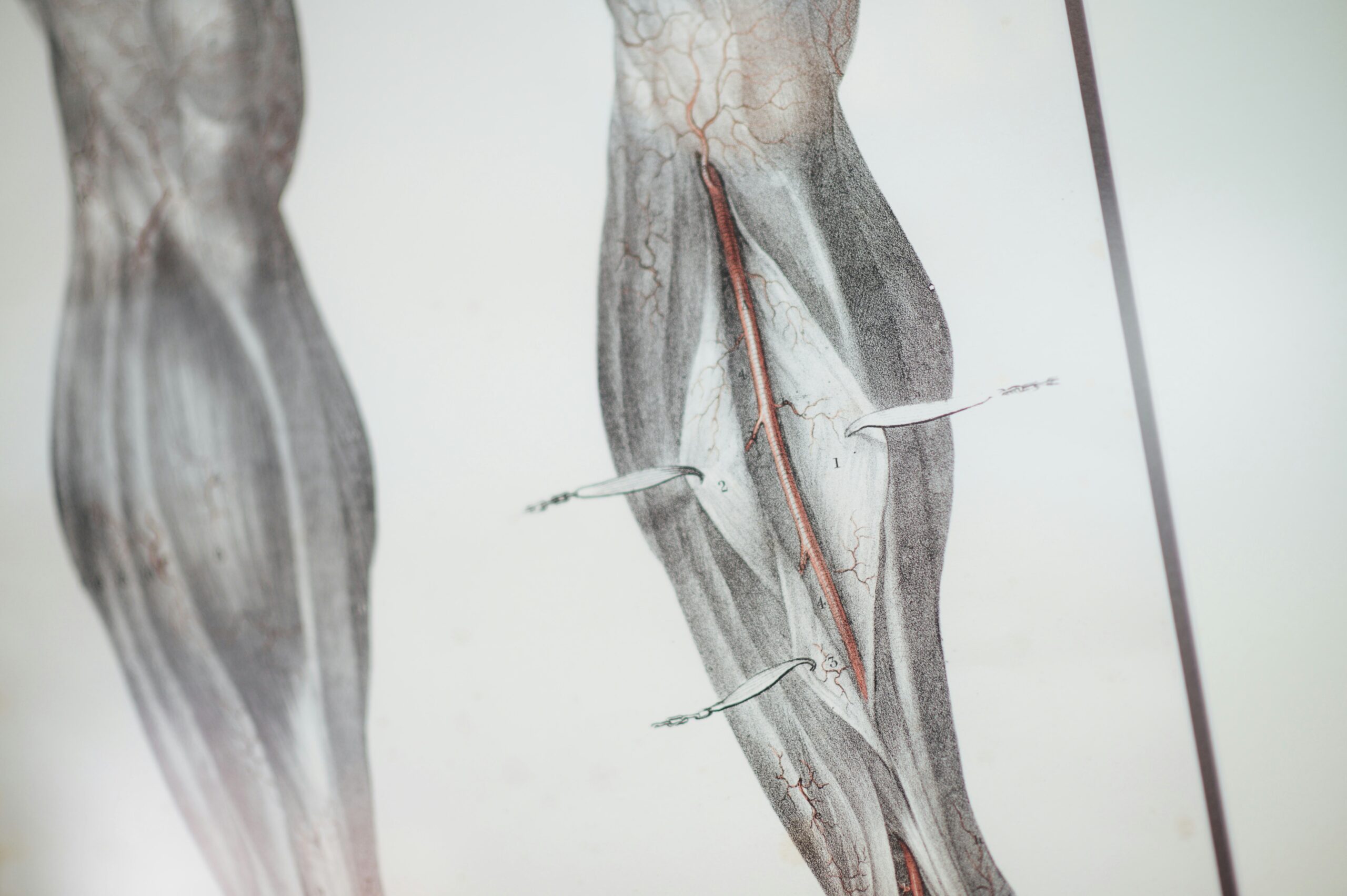
In a stunning turn of events at the Roland Garros, Novak Djokovic, the world’s number one tennis player, has withdrawn from the tournament due to a knee injury, casting a shadow over his quest for another Grand Slam title. The announcement came ahead of his scheduled quarterfinal match, leaving fans and competitors alike surprised and eager for more information about his condition and future.
Key Facts
- Novak Djokovic has withdrawn from Roland Garros due to a knee injury.
- The withdrawal occurred before his quarterfinal match.
- Djokovic was the defending champion.
- His injury impacts his chances of competing at Wimbledon and the Olympics.
- He has been struggling with the knee for a couple of weeks.
Novak Djokovic, the defending champion at Roland Garros, has been forced to withdraw from the tournament because of a knee injury. This unexpected turn of events occurred just before his scheduled quarterfinal match, leaving the tennis world in shock.
The withdrawal raises questions about Djokovic’s participation in upcoming major tournaments such as Wimbledon and the Olympics. His ability to recover in time to compete at these events is now uncertain, impacting his schedule and preparation.
Djokovic had been managing the knee injury for a couple of weeks prior to his withdrawal. The ongoing issue finally reached a point where he could no longer continue competing at the highest level.
Background
Novak Djokovic entered Roland Garros as the defending champion, aiming to secure another Grand Slam title. His presence in the tournament was highly anticipated, and his early performances generated considerable excitement among fans.
Djokovic’s career has been marked by numerous Grand Slam victories and a consistent presence at the top of the men’s tennis rankings. His participation in major tournaments like Roland Garros is always a focal point for the sport.
The specific nature of the knee injury that led to his withdrawal was not immediately disclosed, but it was clear that it had been affecting his performance and ability to compete effectively. The source did not specify the exact type or severity of the knee injury.
Details regarding the medical assessment and diagnosis of Djokovic’s knee injury were not provided. The extent of the injury and the recommended course of treatment remain unspecified in the available information. Further medical evaluations are expected to provide more clarity on the nature and severity of the injury.
The timeline for Djokovic’s recovery is uncertain, and his participation in future tournaments, including Wimbledon and the Olympics, is now in question. The recovery period will depend on the severity of the injury and his response to treatment.
Timeline / What We Know
Weeks Prior to Withdrawal: Djokovic had been managing a knee injury.
Day of Withdrawal: Djokovic withdraws from Roland Garros before his quarterfinal match.
The sequence of events leading to Novak Djokovic’s withdrawal from Roland Garros began weeks before the official announcement. During this time, Djokovic had been dealing with a persistent knee injury that affected his performance on the court.
The situation culminated on the day of his scheduled quarterfinal match when he made the decision to withdraw from the tournament. This decision was influenced by the worsening condition of his knee, which made it impossible for him to continue competing at his highest level. The specific timing of the decision underscores the seriousness of the injury and its immediate impact on his ability to play.
Official Reactions
As of the time of the report, official reactions from Roland Garros organizers and tennis authorities were not available. The source did not specify whether statements were expected or when they might be released. However, it is standard procedure for tournament organizers to acknowledge significant withdrawals and provide updates to fans and media.
Similarly, reactions from other players in the tournament were not included in the source. It is common for fellow competitors to express their sentiments regarding such developments, but these reactions were not immediately available following the announcement of Djokovic’s withdrawal.
What’s Next
Djokovic’s immediate focus will be on medical assessments and recovery. The extent of his knee injury will determine his availability for upcoming tournaments, including Wimbledon and the Olympics. Depending on the severity of the injury, there are several potential scenarios:
- Scenario 1: Minor Injury
If the injury is minor, Djokovic might be able to return to competition within a few weeks. In this case, his participation in Wimbledon would still be possible, and he could also prepare for the Olympics.
- Scenario 2: Moderate Injury
A more significant injury could sideline him for several weeks to a few months. This scenario would jeopardize his chances of competing at Wimbledon and might affect his preparation for the Olympics.
- Scenario 3: Severe Injury
A severe injury could require surgery and a lengthy rehabilitation period, potentially keeping him out of competition for several months. This would likely rule out his participation in Wimbledon and the Olympics, with his return date uncertain.
The methodology used to determine the recovery timeline will involve medical evaluations, imaging, and consultations with sports medicine specialists. The specific diagnostic methods and treatment plans will be tailored to the nature and extent of the injury.
Details regarding Djokovic’s planned medical treatments and rehabilitation programs were not specified in the source. However, it is expected that he will undergo a comprehensive rehabilitation program to ensure a full recovery and minimize the risk of future injuries. Further updates on his condition and treatment plans are anticipated as he progresses through the recovery process.
This situation underscores the unpredictable nature of professional sports and the challenges athletes face in maintaining peak performance while managing injuries. Djokovic’s withdrawal from Roland Garros serves as a reminder of the physical demands of high-level competition and the importance of timely medical intervention and rehabilitation.
For more updates on the Roland Garros tournament, you can visit the official Roland Garros website.
For related content, consider reading about other unexpected tournament exits at https://example.com/unexpected-tournament-exits.